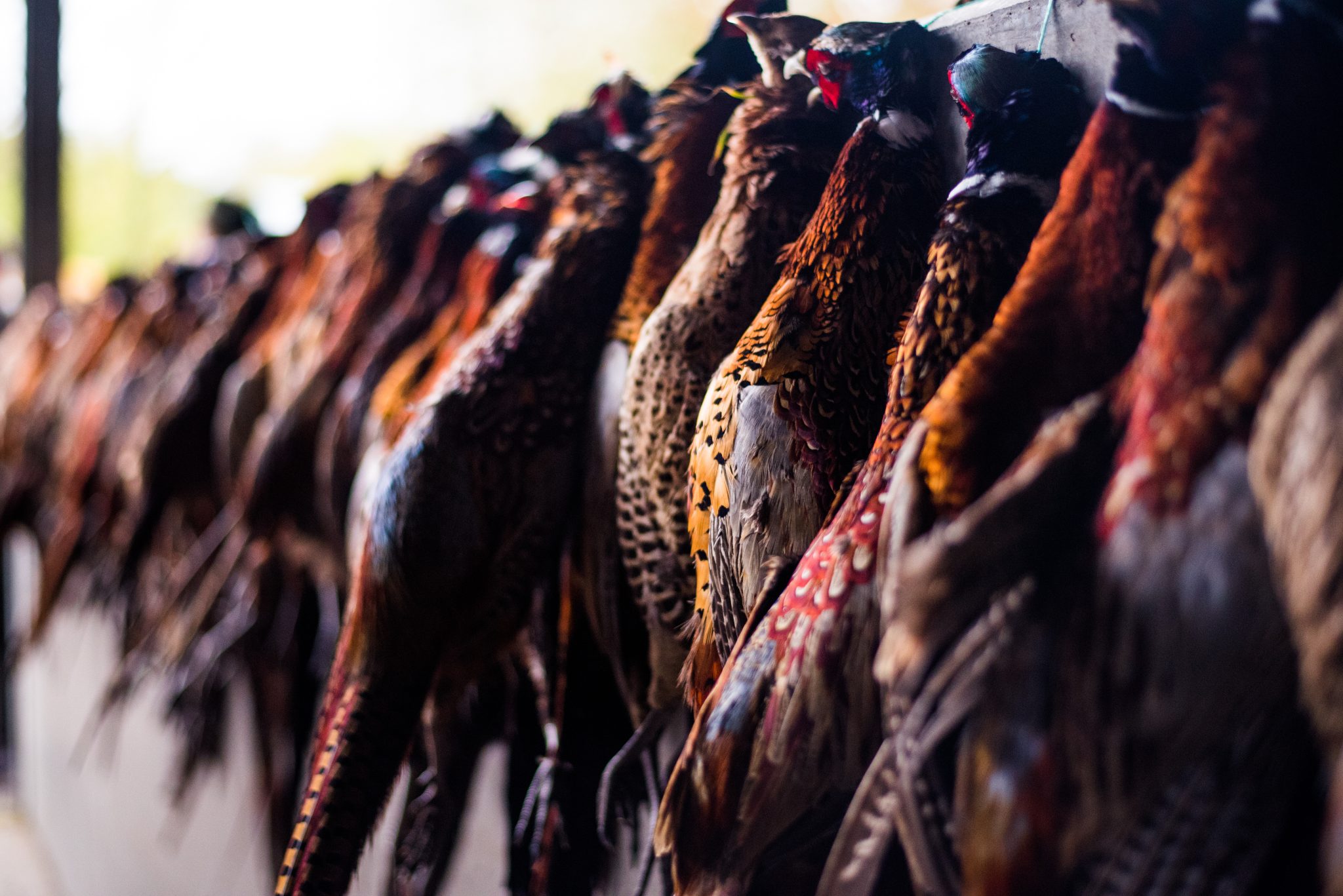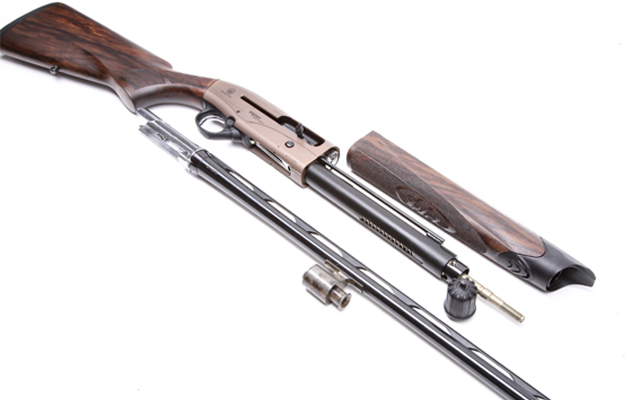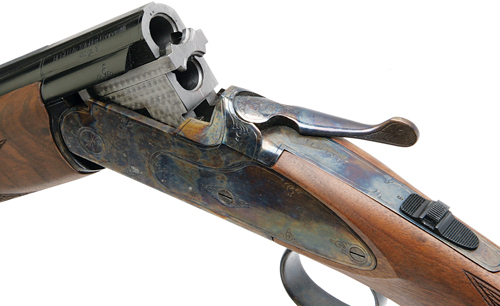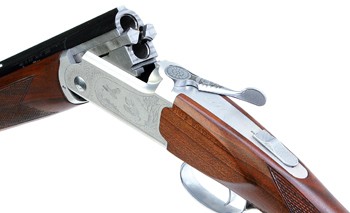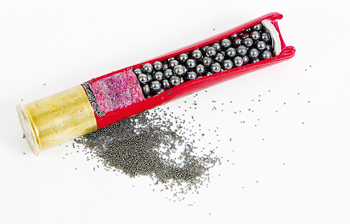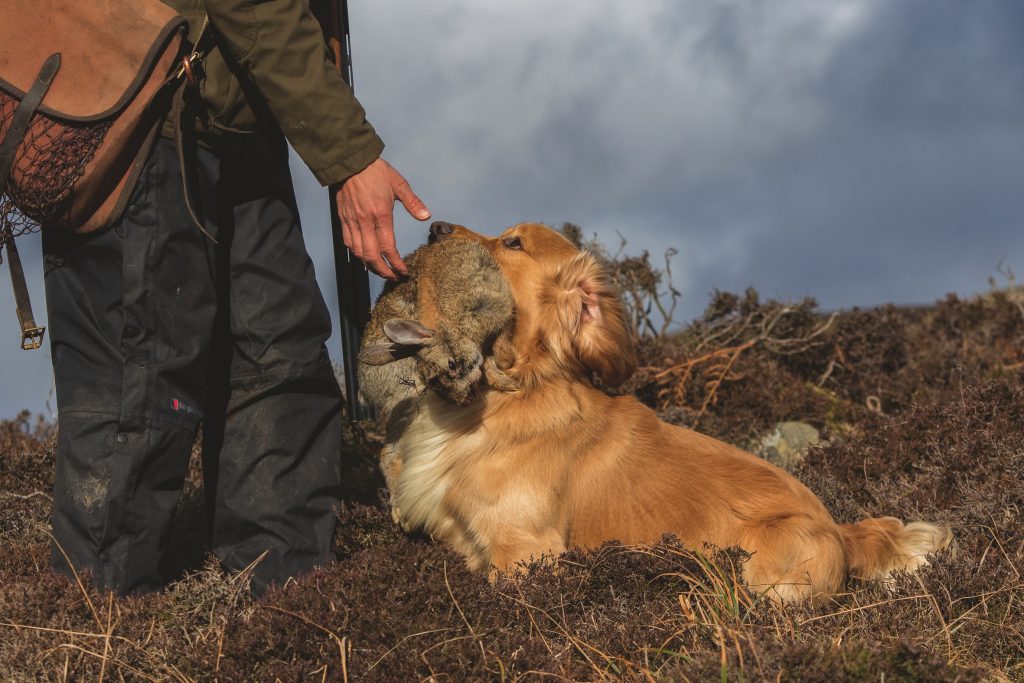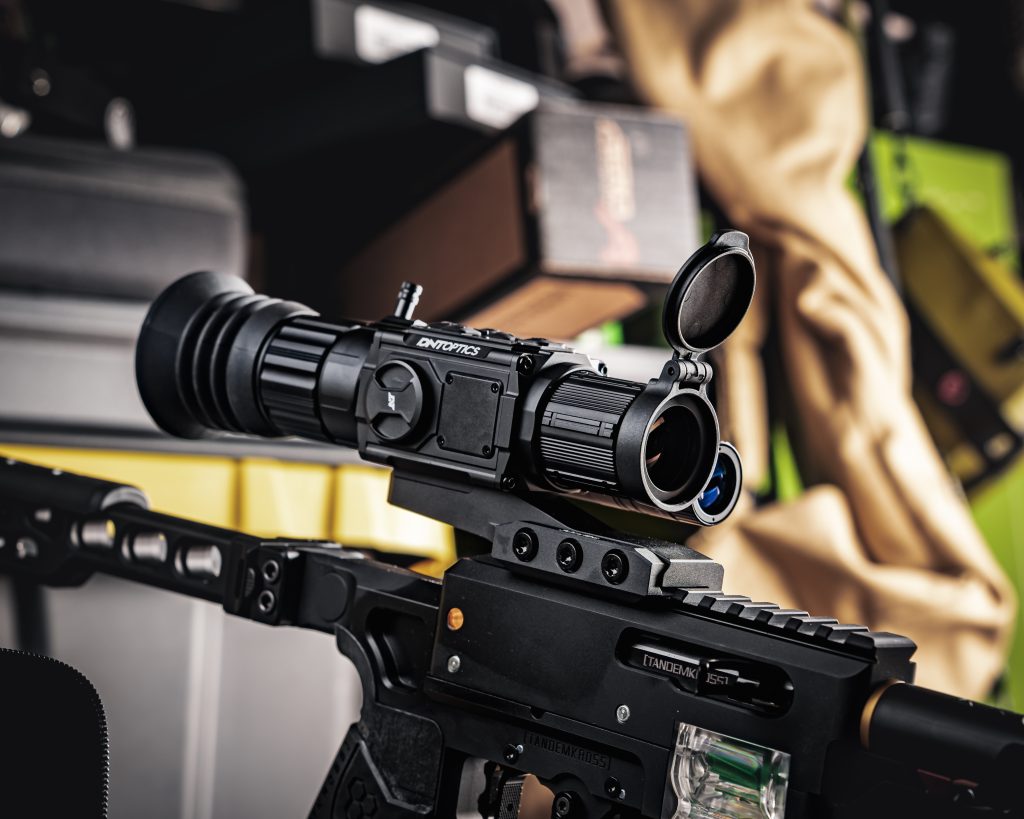Huglu .410 shotgun review: Is this Huglu .410 a boy’s gun, or a man’s toy?
Win CENS ProFlex DX5 earplugs worth £1,149 – enter here
Second-hand small-bore shotguns – what to buy?
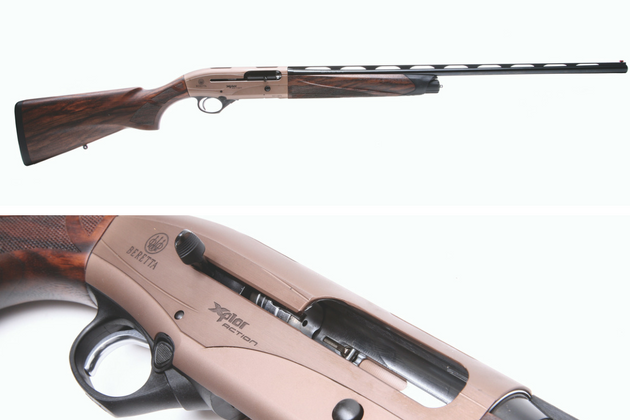
A second-hand 28-bore or a .410?
With more than £1,000 to spend on a small-bore shotgun, either a 28-bore or a .410, our reader has plenty of scope. In fact, he could buy a new gun if he so wished, particularly if he looked at the Turkish market. If he chose to buy a nearly-new Turkish O/U, he would have lots of cash left over for ammunition and a spell with a good coach to make sure his new gun fits him and enables him to place his shots accurately, bearing in mind that he will be using a very much reduced load compared to a 28g or 30g 12-bore cartridge.
And therein will lie the secret of comfortable shooting for Jim, because recoil is a product of projectile weight, velocity and gun weight – and the diameter of the barrel has nothing to do with it. With a 28-bore it is possible to shoot a 28g load, which would hurt him more than the same load in his 12-bore. He would be happier with a 20g, or maybe even less. The .410 would be a bit more forgiving, with a maximum load of 20g or less.
Whatever gun Jim chooses, he would be well advised to buy a few single boxes of cartridges in various weights and experiment to see which gun/cartridge combination suits him best before he starts buying ammunition in bulk.
Beretta A400 28-bore semi-auto
I will be spending all of Jim’s money with this one, because the gun seems to be holding its value well and is currently commanding prices of £1,000 to £1,100 on the second-hand market. It’s also a refection of the fact that the gun wasn’t introduced onto the UK market until 2014, so any second-hand gun isn’t going to be that old and will not have fired that many shots.
Why a semi-auto? Well, the third shot is always handy when doing pest-control work and this is a really elegant little gun. It weighs 5¾lb, which is a full 2lb lighter than the average sporter, and 1½lb lighter than the average 12-bore O/U game gun. So it should be a delight to carry around Jim’s shoot. And, being a semi-auto, the recoil should be lighter than with a conventional, break-action gun.
Mechanically, the gun is a typical Beretta gas-fed semi-auto and I was interested to note that in Jason Harris’s review of the Beretta A400 he recommended lubricating the gas piston with motor oil because of the lubricant’s resistance to high temperatures. Some manufacturers recommend running gas pistons dry but Jason said that although the oil turned black, it was easy to wipe off every time the gun was cleaned.
The gun is a multichoke and comes with a set of multichoke tubes and shims for stock adjustment. Make sure the latter two items are present when buying a second-hand gun. The relatively high, ventilated rib adds to the gun’s elegance, as does the well-presented stock and fore-end.
The gun has a soft rubber recoil pad that doesn’t snag on clothing when it is mounted. The receiver is in a non-reflective satin finish.
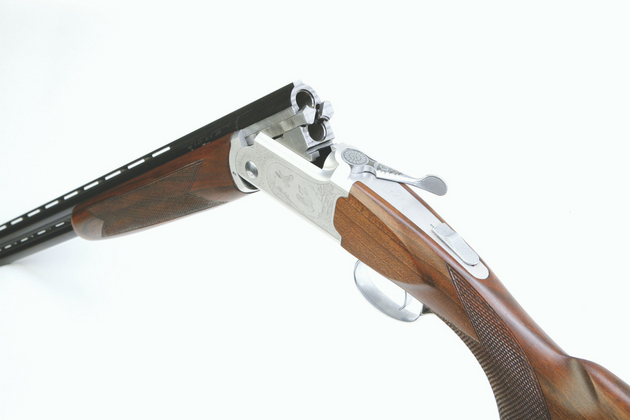
Yildiz .410
Yildiz .410
Here’s another Turkish offering, which is much more sophisticated than the Huglu – and more expensive, too.
But, like the Huglu, it is built on a proper .410 action, which keeps everything nicely in proportion.
I’m sure we have all seen .410s built on 20-bore actions, which results in barrels with over-thick walls, particularly at the chamber end, and an exaggerated spacing between the tubes towards the muzzles. They’re just plain ugly, which the Yildiz is not.
Unlike the Huglu, the Yildiz .410 illustrated is an ejector, although there are non-ejector models to be had. It’s also a multichoke, so lightly-choked tubes can be put in for close targets. It has a mechanical switch to the second barrel, too.
The action body is in an aluminium alloy, with a steel insert in the breech face to take the recoil, and the gun works on conventional over-and-under principles, with a bolt running along the action floor to engage with a bite in a shallow lump under the lower barrel.
Overall, the gun looks like a scaled-down sporter. The stock terminates in a hard plastic butt plate and there is even a short-stock version available for young shooters.
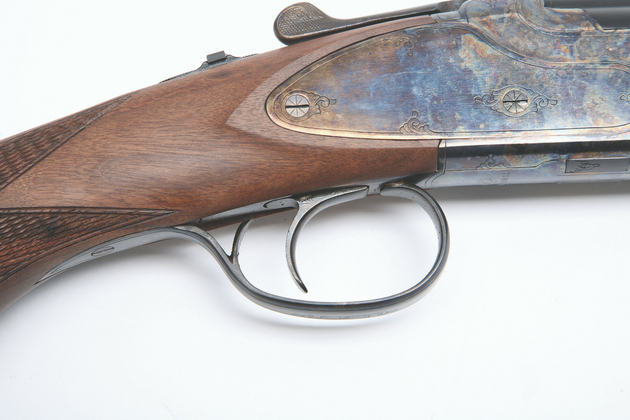
Huglu .410
Huglu .410
Huglu was among the first of the Turkish gunmakers to dip a toe into the UK market and the company’s range of simple, sturdy guns at highly affordable prices remains quite impressive.
The thing I like about the Huglu .410 gun is its sheer simplicity. It’s a non-ejector, so Jim wouldn’t be groping among the nettles and brambles to pick up his cartridge cases, and it’s also a fixed-choke, choked ¾ and full. This may seem excessive, however, as most .410s are quite tightly choked to make up for the fact that there aren’t that many pellets in the pattern, so you don’t get big gaps.
Chambers are 3in (76mm) and the tubes have been subjected to magnum proof. The safety is automatic and the switch to the second barrel is not reliant on the recoil of the first shot cycling the mechanism, which is another plus point for me.
Simple though the gun may be, I find this model to be quite attractive, with the action body and sideplates having a colour-hardened finish. The woodwork is quite attractive, too, and the second-hand price of well under £500 should hardly make a dent in Jim’s budget.
Yildiz .410 shotgun review
One of the attractions of the Yildiz .410 is that it’s built on a scaled down action to suit its;…
.410 shotgun cartridges review
.410 shotgun cartridges: Here we take a look at what’s available for the growing band of .410 shotgun users.
Related Articles
Get the latest news delivered direct to your door
Subscribe to Shooting Times & Country
Discover the ultimate companion for field sports enthusiasts with Shooting Times & Country Magazine, the UK’s leading weekly publication that has been at the forefront of shooting culture since 1882. Subscribers gain access to expert tips, comprehensive gear reviews, seasonal advice and a vibrant community of like-minded shooters.
Save on shop price when you subscribe with weekly issues featuring in-depth articles on gundog training, exclusive member offers and access to the digital back issue library. A Shooting Times & Country subscription is more than a magazine, don’t just read about the countryside; immerse yourself in its most authoritative and engaging publication.





